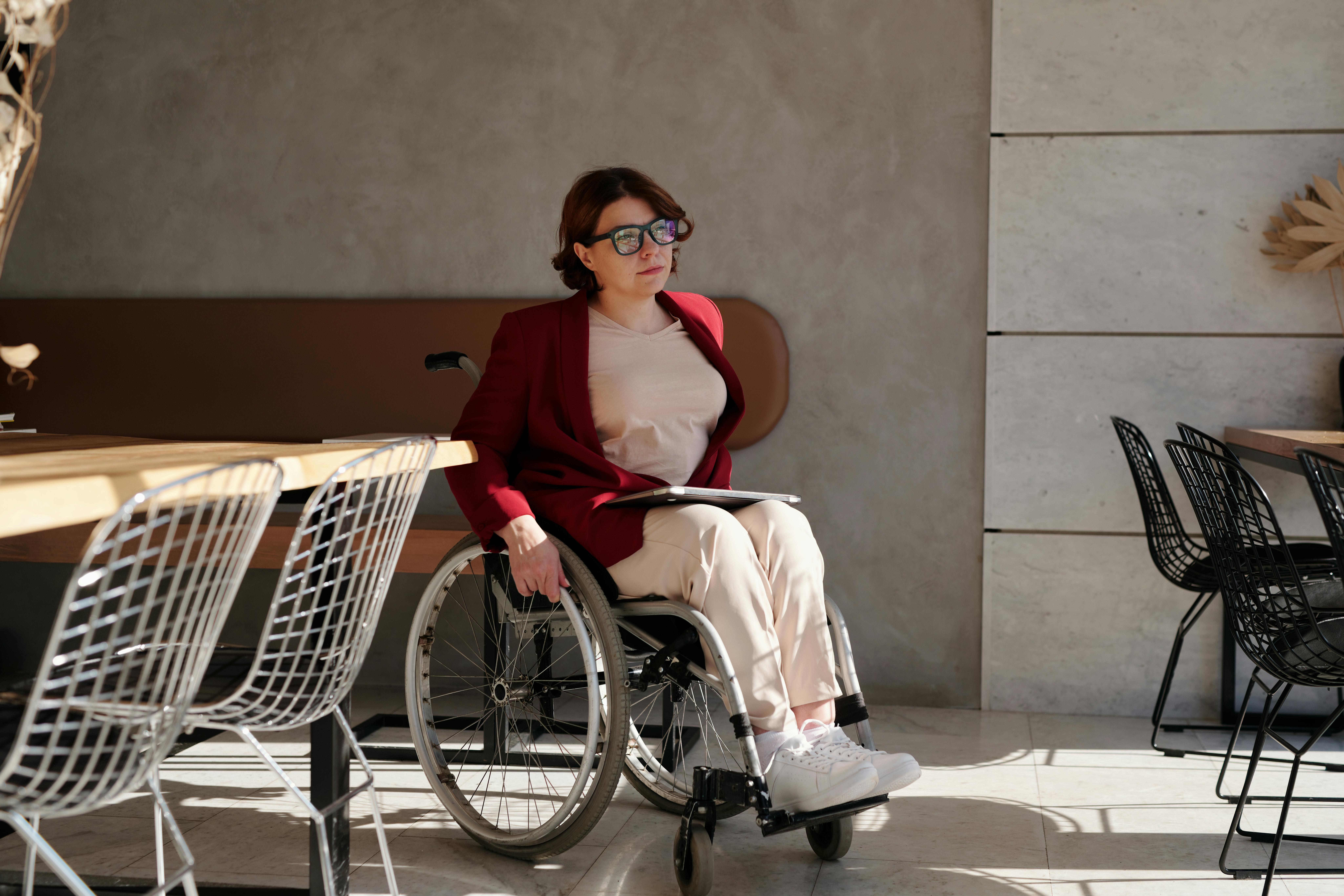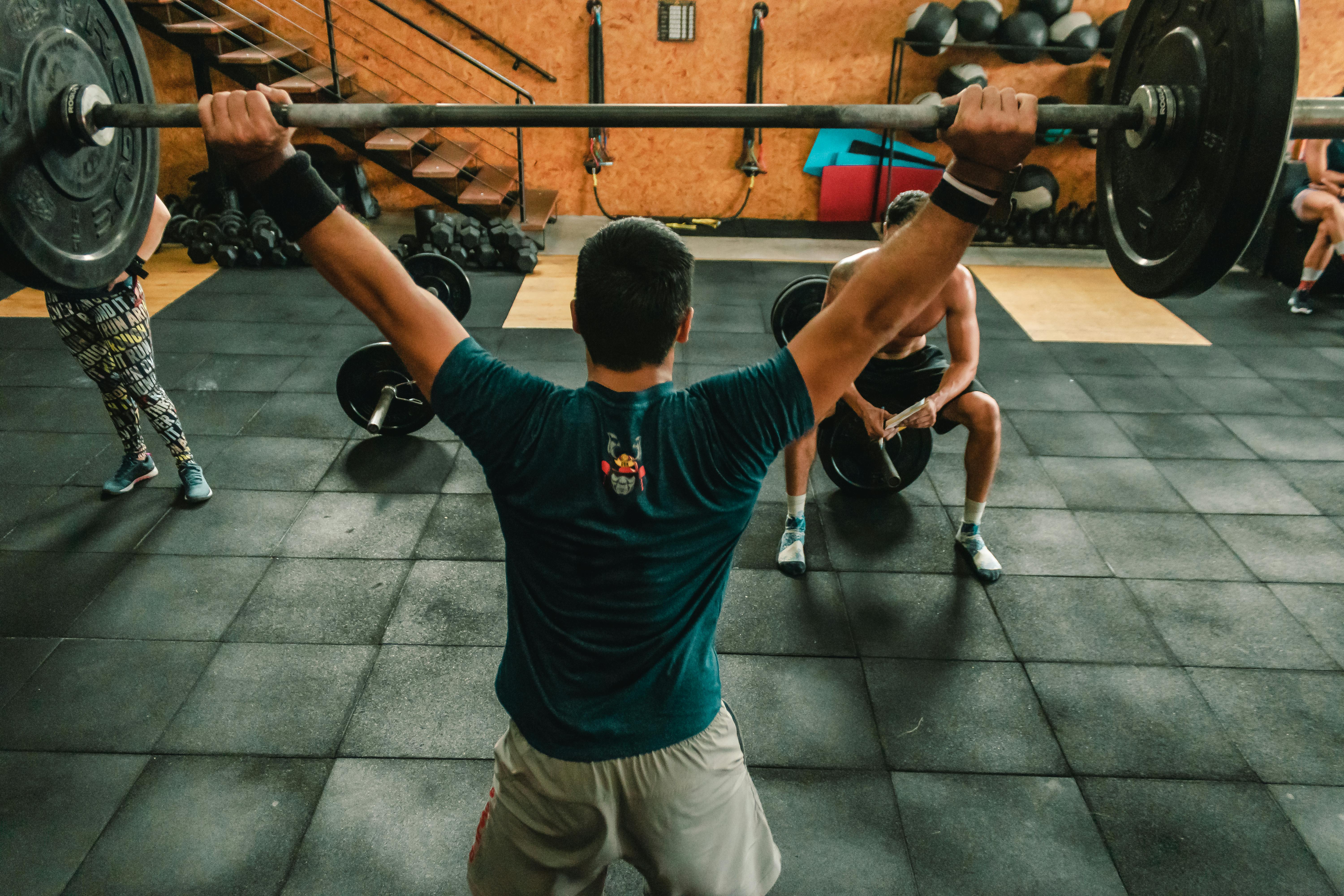
To prepare the cage for the parakeet
admin
- 0
The smallest parrots with great popularity among lovers have budgerigars – their weight reaches 40 grams, and their body length does not exceed 20 – 23 cm. Budgie cages are usually sold equipped with perches, made of wood or hard plastic. But after that, the owner of the feathery has to fill in the interior with several real, rough and unattractive twigs, because if the parakeet never changes the position of the toes and always clings to the flat and smooth surface of the sick standard, his fingers begin to swell, sore from rubbing, and wounds and scabs begin to appear. If you do not have fine sandpaper to cover the floor, you can spread under the layer of very fine ballast (or very coarse sand) and a regular newspaper, which should not have color illustrations. Most printing inks are poisonous to parakeets. Something else that can threaten your birds is using branches of the coniferous tree – yew, the wood of which is also poisonous to birds. The best for this purpose is to use branches of fruit trees.
WHAT DO YOU NEED?
My recommendation is to use transparent feeders, so it will be easier for the parakeet to find its food when it sees it. The feeders should be of two types, one for seeds and sand with stones and a larger one for vegetation and fruits. The sand can be from the sea, mixed with crushed shells and mussels (but not the white sand sold for canaries), and the stones must be granite or flint. Parakeets get bored with the same toys, so it is better to change them or take turns in the cage. It is considered that a mirror makes the loneliness of the bird more lasting – when looking in the mirror the bird begins to imagine that it is not alone, but I consider that it is not advisable to constantly look in the mirror because of the danger of inhibition.
Choose the most spacious cage, that you can afford and that you can have at home. It is considered that the ideal cage size for a pair of parakeets is 91/45/45 cm, and when only one bird is going to live in the cage, its size can be 2/3 of the indicated size. Do not rush with your purchase: many cages are sold in zoo stores, but you may have the opportunity to buy a suitable one already used. There are different builds, so it’s wise not to rush in order to buy something really good. You buy a home for your parakeets, where they will spend their life, so do your best to choose one, where they will feel the best.
When choosing a cage it is not bad to think about a few things. Is it spacious enough? Does it have the right shape? You may like a tall circular cage, but in “enclosures” birds often don’t have enough room to move around and spread their wings. It may seem less important, but closing the door must be safe. There should be a movable plastic bottom in the cage, which facilitates cleaning. The cage poles can be chrome or glazed and it is good to have horizontal poles not just vertical ones on the sides of the cage so that the parakeets can climb easily. Perches should be located so birds can reach all feeders and drinkers and place one perch higher than the others. Don’t install them near the sides of the cage, because by staying in them, budgies will constantly rub their tails against the metal sticks. Prepare the cage before buying your feathered friend. And when you take it out of the store, put it in a cardboard box, handle it with care and take it home quickly. If it’s cold outside, wrap the box, but in a way that doesn’t reduce airflow. Next, wash the entire cage with very hot water, but do not use soap and detergents, use only special disinfection means, which are intended for bird cages. This is absolutely mandatory if you have obtained a used cage. Dry the bird’s new home very well. Place a very fine sandpaper sheet on the bottom and spread fine ballast. After that, set up the perches, feeders and drinkers.
Birds do not like the location of the cage to be changed frequently, so choose the most appropriate place for them in your apartment from the beginning. The place should be bright enough, but not directly by sunlight. If you have a glassed-in balcony from late spring to early fall, you can keep your birds there. You can put potted plants with large leaves around the cage. So the birds will feel good. The balcony should not face south, as during hot summer days the bird can die from overheating. When temperatures drop, you should bring the bird inside the flat. Be careful not to put it near central heating or other heating devices because the air is drier there. When you bring the birds, be careful because they make a lot of mess, especially when they start to fly in the cage.
Budgies are known to like company – your feathered pet will feel best in the room where the whole family gathers. Choose a room where you can let the bird fly freely, this is very important for its education. Budgies also need fresh air, so the room should not be stuffy. Precisely for this reason, the bird cage should not be placed in the kitchen as some beginners do. The steam that appears when cooking is harmful to birds. Apart from that, it is very dangerous that when flying in the kitchen the parakeet has a tragic end.
The cage should not be placed in front of the window; there, the sensitive feathery creatures very sensitively feel the changes of atmosphere: the cold in winter and the burning rays of the sun in summer. The cage should not be exposed to drafts, very close to the central heating radiator or near the fireplace. It is not very important if the cage is placed on a special shelf for this purpose; could be placed on any solid table or shelf. But on a special shelf, the cage takes up less space, it can be placed higher, which the birds will like, and it will be easier to move it.
Budgies suffer if they don’t get enough sleep. This is why you should cover their cage with a light material: it reduces the light, but the birds are not left in total darkness.

